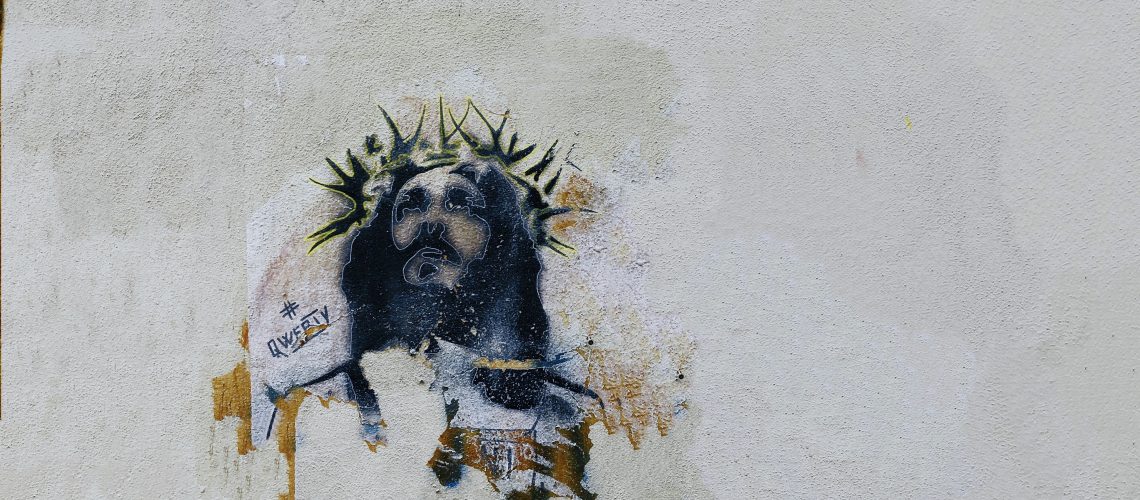The greatest writer in the West during the Middle Ages was Dante Alighieri, who wrote the Divine Comedy. In this great allegory, Dante analyses sin and redemption by portraying a journey through Hell, Purgatory, and Heaven. We need not agree with his theology to appreciate his imagery. He travels down the great inverted cone of Hell level after level, describing sinner after sinner, each one whose sin and punishment is more severe than the last. When he reaches the bottom, he meets Satan, a great three-faced monster. Satan holds in each of his three mouths a sinner. In the left and right mouths are the traitors Brutus and Cassius, but in the center is Judas Iscariot. According to Dante these are the worst of sinners. He captures the scene in these few lines:
In every mouth he worked a broken sinner,
between his rake-like teeth. Thus he kept three
in eternal pain at his eternal dinner . . . .
“That soul that suffers most,” explained my Guide,
“is Judas Iscariot, he who kicks his legs
on the fiery chin and has his head inside.”
Whether or not Judas is the worst of all sinners, he is certainly no one’s favorite. So why did Jesus choose him?
John 6:64 tells us that Jesus had known from the beginning who would betray Him. And a few sentences later we read, “Then Jesus replied, ‘Have I not chosen you, the Twelve? Yet one of you is a devil!’” This makes Jesus’ actions toward Judas at the upper room dinner so remarkable. Before betraying Jesus, Judas was among the other disciples when the Lord washed their feet.
We don’t know why Jesus chose Judas, but we can guess at a few possibilities.
- Possibly Jesus chose him just to demonstrate His grace. Traveling with the Savior for several years exposed Judas to the heart of God. He walked in the light that surrounded the Savior. He had every advantage the other disciples had, but he finally and decisively rejected the Lord.
- Some have suggested Jesus chose Judas to show that the Christian community would not always be pure? That there would be those among the true believers who were not themselves believers. They would look like believers just as Judas did. They would have a form of godliness but no inner core.
- Maybe Jesus chose him so that He Himself could model a character of humility and graciousness for his disciples. If He could suffer Judas for these years, the other disciples could follow his example and display that same graciousness to others.
Whichever of these reasons may be true, if any, we must marvel at the last one especially. Jesus’ character of humility and graciousness is nowhere more brilliantly displayed than in his dealings with Judas.
Do I have a Judas in my life? If not, do I have anyone I have to put up with—anyone I don’t trust, anyone who rubs me the wrong way, anyone I’d rather avoid? I may not, like Jesus, have to wash that person’s feet, but I may need to serve them in less dramatic ways.
Prayer: Father, give me the grace of Your Son to bear with some who demonstrate less than Christian character. Help me to accept them, recognizing my own imperfections. Help me to serve them and expose them to Your grace as the Savior did.
Author: Lindsay Hislop was raised in southern Scotland and southern Ontario and now lives in the southern United States. He worked in the engineering field for 15 years (mostly in Canada) before pursuing an academic career. He has taught for over thirty years at Columbia International University. He also serves as an elder in his church, where he teaches and preaches regularly. He is married to a wonderful wife Pam and has two terrific children, Holly, who lives in Canada, and Doug, who lives in Columbia. His four grandchildren, Isaac, Madeline, Lindsay, and Dolan, are also pretty special. He likes doing carpentry and odd jobs around the house.




